Lesson 7: Prepositions Part 2
In this lesson, we will continue to work with prepositions and their unique functions in the glyph structure. We will use the same vocabulary and grammar that you'll find jan Pije’s lesson 7.

anpa

insa

monsi

sewi

sama

tan

poka
Using sama, tan, and poka
We already took a look at lon, tawa, and tan in the last lesson, but there’s still a little more to cover on prepositions. First let’s review what we already know, adding the prepositions sama and poka. Remember, each preposition can be thought of as having a ‘head’ attached to an expandable body.

lon

tawa

kepeken

tan

sama

poka
working as prepositional containers
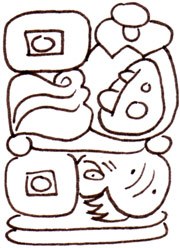
mi telo tan ni: mi jaki.
When one of these these glyph blocks function as a preposition, or as a combination verb and preposition, they become a container for the rest of the prepositional phrase.
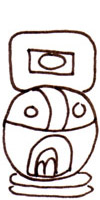
mi poka sina.
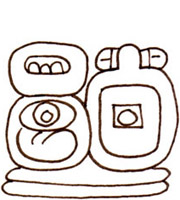
ona li lukin sama mi.
The head portion of the glyph is oriented to where is isn’t obstructing the rest of the glyphs.
working as regular glyph blocks
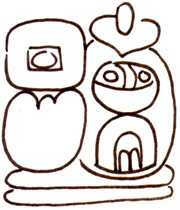
mi moku lon poka sina.

len mute li sama.
If they aren’t being used as prepositions, the balloon part of these glyphs shrinks down, and they act like normal stacking glyph blocks.
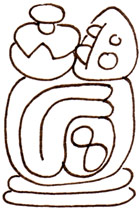
tan ni li nasa.
Notice here, lon becomes the preposition in mi moku lon poka sina, and poka becomes part of the infix. In len mute li sama, there is no object to fill sama. They can even become the subject, as we see in tan ni li nasa.
Using prepositions with li
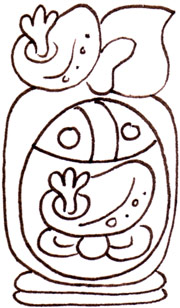
ma suli li poka ma lili.

ona li lon
tomo ona.
One thing we haven’t covered yet is what to do when your verb is inside of li. Look again at ona li lukin sama mi up above. The verb, lukin, becomes an infix in li, and mi becomes an infix in sama. But what if the preposition is also the verb? We end up with a double infix.
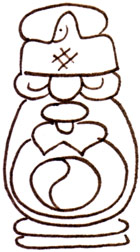
jan lili li tan unpa.
First the preposition fits into the li container. Then, the object of the preposition and all of it’s modifiers goes inside the preposition glyph.
You can try drawing the whole unit from the inside out, and even drawing the rest of the sentence after this block has been composed. I usually find I have to try a couple times until I find a composition I’m satisfied with.
using verb phrases
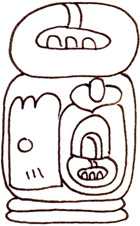
ona li wile lon tomo ona.

mi mute li wile tawa tomo tawa.
Remember verb phrases from lesson 4? What if we want to use a verb/preposition in combination with wile? Since the preposition is part of the verb, the whole thing gets infixed into li.
Let’s look at ona li wile tawa tomo ona kepeken tomo tawa, “he wants to drive home” (literally: he wants to go to his house using the car). If you can understand how this works then you probably have a good understanding of how to use preposition glyphs.
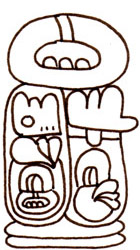
ona li wile tawa tomo ona kepeken tomo tawa.
The first prepositional phrase: towards his house–tawa tomo ona is also part of the verb wile tawa, so it all goes inside of li.
The second prepositional phrase using the car–kepeken tomo tawa is not part of the verb, so it goes outside of the li.
You may be thinking this is a whole other thing you have to think about that doesn’t come up when you are just writing in toki pona. When you can draw it out though, you will have a much better understanding of how you are using each of these prepositions in each sentence because you will have to know when they are verbs, when they are prepositions, and when they are modifiers. This in turn will help you write much better in toki pona.
It also has the advantage of disambiguating things that might have more that one reading when written linearly.
anpa, insa, monsi, sewi

suno li lon sewi mi.

ma li lon anpa mi.
Since these words aren’t true prepositions, they need one of the prepositions we have discussed to far to complete the prepositional phrase. Because of this they end up acting as part of the infix to the preposition.

pipi lili li kama tan insa ma.
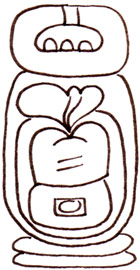
ona li tawa monsi mi.
You may have wondered up to now why the glyph block for li was so boring. Now you can see just how much work it has to do at times. If it were any more complex it would be hard to stuff all those verb phrases and verb prepositions inside.
Just as the prepositions have a head and body, often the subject of the sentence becomes the head and li becomes the body.
